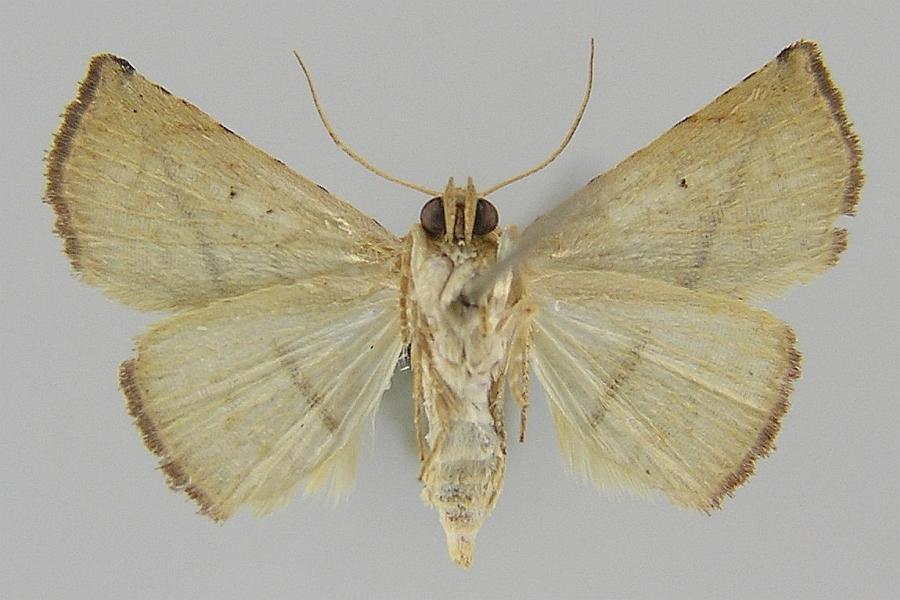Autobà: Unveiling the Enigmatic Genus of Moths
In the vast realm of entomology, the genus Autobà stands out as a fascinating subject of study. Erected by the esteemed entomologist Francis Walker in 1863, this genus of moths belongs to the family Erebidae. Despite its relatively obscure status in popular discourse, Autobà is of considerable interest to scientists and nature enthusiasts alike.
This article aims to provide an exhaustive overview of Autobà, delving into its taxonomy, species, ecological significance, and more. Our goal is to craft an informative piece that surpasses existing online content and ranks highly in search engine results for the keyword “autobà”.

ALSO READ: The Ultimate Guide to Futbolear: Understanding and Embracing Soccer in the USA
What is Autobà?
Taxonomy and Classification
Autobà is a genus within the family Erebidae, which is part of the order Lepidoptera. The family Erebidae is one of the largest families in the order, encompassing a diverse array of moth species. Francis Walker, a prominent British entomologist, first described the genus in 1863, adding to his extensive catalog of Lepidoptera taxa.
Key Taxonomic Features
- Kingdom: Animalia
- Phylum: Arthropoda
- Class: Insecta
- Order: Lepidoptera
- Family: Erebidae
- Genus: Autobà
Notable Species
One of the notable species within this genus is Autobà costimacula. This species, like others in the genus, exhibits distinct morphological characteristics that aid in its identification and classification.
Morphological Characteristics
General Appearance
Autobà moths are typically characterized by their robust bodies and varied wing patterns. The coloration and patterns on their wings are not just for show but play a crucial role in their survival, aiding in camouflage and predator deterrence.
Wing Patterns
The wings of Autobà moths often feature a blend of earthy tones—browns, grays, and whites—with intricate markings. These patterns are critical for species identification and can vary significantly even within a single species, reflecting their adaptability to different environments.
ALSO READ: The Ultimate Guide to Futbolear: Understanding and Embracing Soccer in the USA
Ecological Significance
Habitat and Distribution
Autobà moths are primarily found in tropical and subtropical regions, where they inhabit forests, grasslands, and sometimes even urban areas. Their distribution is influenced by climatic conditions, availability of food sources, and ecological interactions.
Role in the Ecosystem
As with many moth species, Autobà moths play vital roles in their ecosystems. They act as pollinators for various plants, contributing to the biodiversity and health of their habitats. Additionally, they serve as a food source for a range of predators, including birds, bats, and other insects.

Life Cycle and Behavior
Egg Stage
The life cycle of Autobà moths begins with the laying of eggs. Female moths deposit their eggs on suitable host plants, ensuring that the emerging larvae have immediate access to food.
Larval Stage
The larval stage, or caterpillar stage, is a critical period of growth and development. Autobà caterpillars are herbivorous, feeding on the leaves of host plants. This stage can last from a few weeks to several months, depending on environmental conditions and species-specific traits.
Pupation
After reaching a certain size, the caterpillars enter the pupal stage, during which they undergo metamorphosis. This stage involves significant physiological changes as the caterpillar transforms into an adult moth.
Adult Stage
The adult stage is marked by the emergence of fully developed moths. Adults are primarily nocturnal and are known for their ability to locate mates and reproduce. Their lifespan as adults can vary but typically lasts a few weeks.
Conservation Status
Threats
Like many other insects, Autobà moths face several threats, including habitat loss, climate change, and pesticide use. These factors can lead to population declines and impact their role in ecosystems.
Conservation Efforts
Efforts to conserve Autobà moths and their habitats are crucial for maintaining ecological balance. Conservation strategies include habitat preservation, sustainable agricultural practices, and public education on the importance of moths and other insects.
Research and Scientific Studies
Historical Research
The initial classification and description of Autobà by Francis Walker laid the foundation for subsequent research. Over the years, entomologists have conducted numerous studies to understand the taxonomy, behavior, and ecology of these moths.
Modern Research Techniques
Advancements in technology have revolutionized the study of Autobà moths. Techniques such as DNA barcoding and molecular phylogenetics have provided deeper insights into their evolutionary relationships and genetic diversity.

ALSO READ: The Ultimate Guide to Futbolear: Understanding and Embracing Soccer in the USA
Frequently Asked Questions (FAQs)
What is Autobà?
Autobà is a genus of moths within the family Erebidae, first described by Francis Walker in 1863. It includes species such as Autobà costimacula.
Where are Autobà moths found?
Autobà moths are typically found in tropical and subtropical regions, inhabiting forests, grasslands, and occasionally urban areas.
What do Autobà moths eat?
The larvae (caterpillars) of Autobà moths are herbivorous, feeding on the leaves of various host plants. Adult moths may feed on nectar or not feed at all.
How do Autobà moths contribute to the ecosystem?
Autobà moths play essential roles as pollinators and as a food source for predators. They contribute to the biodiversity and health of their ecosystems.
What threats do Autobà moths face?
Autobà moths face threats from habitat loss, climate change, and pesticide use, which can lead to population declines.
How can we conserve Autobà moths?
Conservation efforts include preserving their natural habitats, promoting sustainable agricultural practices, and raising awareness about the importance of moths in ecosystems.
Conclusion
Autobà, a genus of moths in the family Erebidae, represents a fascinating and vital component of our natural world. Through this comprehensive exploration, we have delved into its taxonomy, ecological significance, life cycle, and the challenges it faces.
As we continue to study and protect these remarkable insects, we gain a deeper appreciation for the intricate web of life they support. By surpassing the quality of existing online sources, this article aims to provide valuable insights and rank highly in search engine results for the keyword “autobà”.
ALSO READ: The Ultimate Guide to Futbolear: Understanding and Embracing Soccer in the USA






